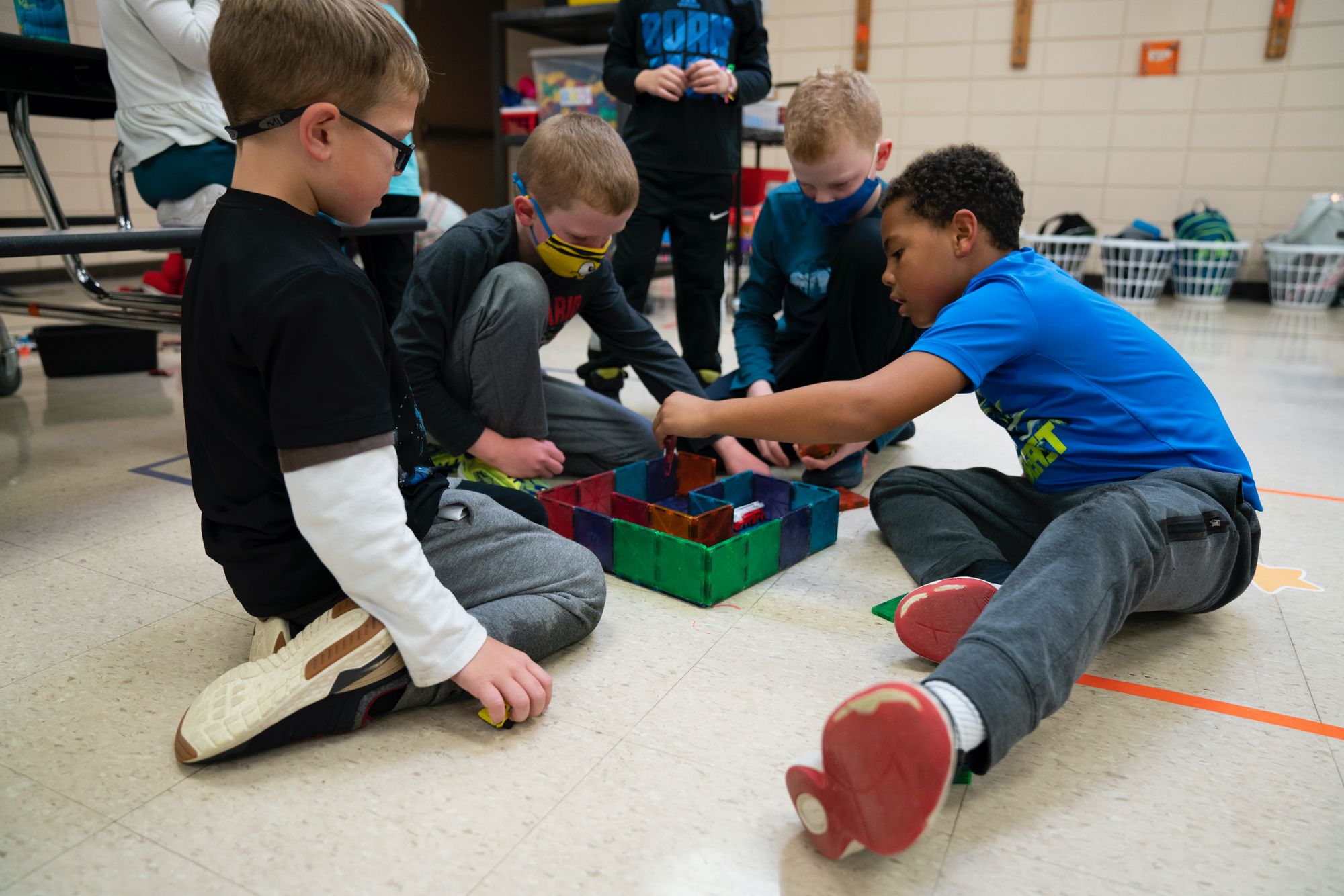Sioux Falls is growing both in population and diversity.
Twenty years ago, the city had 124,000 people, and just this year the population surpassed 200,000. Broaden to the four-county metro area, and that number jumps above 275,000 people.
So, where do most people live?
Minnehaha County. It’s the largest county in South Dakota by far.
- Most Sioux Falls residents live in Minnehaha County (the area of town north of 57th Street), and that’s where residents are diversifying at a faster rate.
The fastest rate of growth, though, is Lincoln County, which includes Sioux Falls south of 57th Street and the fast-growing towns of Tea and Harrisburg (among others).
Tell me more about diversity
One of the best ways to get a quick sense of diversity in Sioux Falls is to look at the demographics of the Sioux Falls School District, whose 24,000 students show a representation of the city as a whole.
Here’s a quick breakdown in the district:
- About 59 percent of students are white.
- Another nearly 14 percent are Hispanic.
- Nearly 13 percent are Black.
More details on Sioux Falls students:
- 79 different languages are spoken, with the most common being English, Spanish, Nepali, Swahili, Kuanyama and Amharic.
Schools aren’t a perfect picture of Sioux Falls’ diversity, though.
- Census data for Minnehaha County shows about 82 percent of people are white, about 6 percent are Black and another 5 percent are Hispanic.
What about income levels?
The median household income is slightly higher than the state as a whole at $59,912. That’s lower than the national median income of about $67,500, but folks in South Dakota are quick to tout the lower cost of living here compared to larger cities.
About 1 in 10 people lives in poverty, consistent with the state and national trend, per census data.
Another way to look at poverty rates is by seeing how many families in the school district qualify for free or reduced meals.
- About 43 percent of elementary school students come from families with incomes low enough to qualify for free or reduced meals.
- It’s worth noting that children have all received free meals during the pandemic, so it’s possible these numbers aren’t reflecting the most accurate picture.
- Prior to 2020, nearly half of elementary students qualified for free or reduced lunch.
What about the age of folks who live here?
It’s about the same breakdown you’d find anywhere else in the country, with a few slight deviations.
Kids make up a slightly larger percentage of the population in Sioux Falls — Lincoln County, even more so — than in the state or country as a whole, per census data.
- About 25 percent of Sioux Fallsians are under 18 years of age. That’s compared to 22 percent nationally.
- With that, too, comes a slightly smaller percentage of folks over 65 — about 13 percent, compared to 16.5 percent nationally.
What about refugees?
Sioux Falls has seen a decline in the number of refugees coming in recent years, tied to national trends — the president sets the maximum number of refugees entering the country each year.
The most recent data available from Lutheran Social Services, the group overseeing refugee resettlement in South Dakota, showed 50 refugees coming to the state between October 2019 and September 2020.
- Most of those (19) came from the Democratic Republic of Congo, with another 10 from Ukraine and eight from Myanmar (also known as Burma).
If I'm new here, where can I find resources?
You’ll find a (fairly) comprehensive list of resources here. If you’re looking for immigrant and refugee resources, Lutheran Social Services’ Center for New Americans can help.


